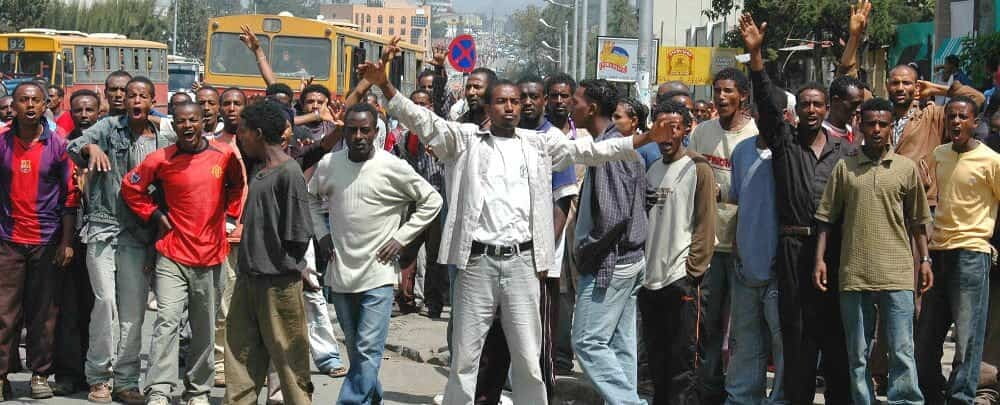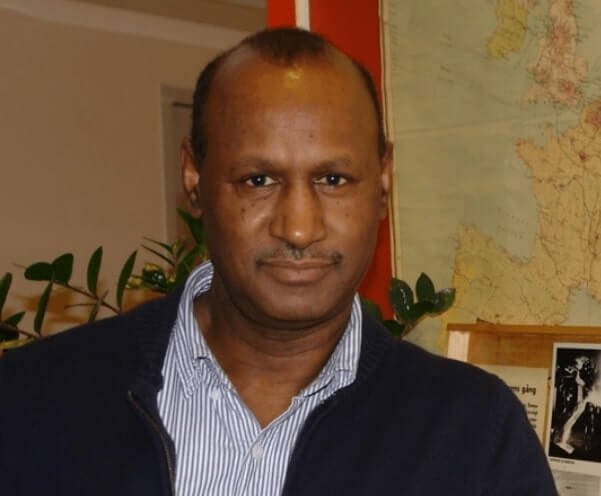Tsegaye Tegenu, PhD
2024-12-02
The article below, originally written on August 20, 2018, five years and seven months ago, is being reposted because my advice at the time did not receive the attention it deserved. Had the Prime Minister heeded my recommendations, we might have avoided the current situation in Amhara and other regions. The article is as follows:
“In his recent speech the (August 2018) Ethiopian Prime Minister, Dr. Abiy Ahmed, warned the danger of mob politics that is going on in some parts of the country. Mob justice and setting ablaze of some privately owned business and farming plantations should not be considered as searching for answers to justice and freedom. He said that, “we have a new fledgling government which is trying to stand on its feet. For this reason, all citizens should work towards the respect of law”.
In fact, during the past four months much has been accomplished in Ethiopia that can be called “a revolution from above”. However, creating a democratic system and peaceful Ethiopia is a challenge under conditions in which the young population still dominates the age structure of the society. The young people aged 15-29, make up about 48% of the adult population of Ethiopia and this age group is growing rapidly in the country. According to the future demographic trends and scenarios, the country will remain as youth bulge for the next 17 years.
In economic terms, youth bulge means a greater need for huge resources to meet growing demand for job creation and provision of education, health and housing. Unless the country economy is able to come out of its current low productivity trap, there is a potential for continued civil conflicts. That is in fact in the nature of youth bulge countries: according to available research evidence conflicts occur when the proportion of youth bulge exceeds 20% of the adult population which is the case in Ethiopia. Rampant unemployment (over one million people is added to the labor force every year) and large pools of disaffected youths can be recruited by power mongers. Do not forget that we have enough of certified power mongers in Ethiopia and they are savages as we have witnessed in Ethiopia’s Somali region.
Prime Minister Dr. Abiy, as a leader, should focus his attention in finding economic solution to the problem. The only solution (underline the word only) is local economic transformation at district levels. Do not think of other strategy and solution to the challenges of the youth bulge in the country. I advise the Prime Minister and his team to focus on three pillars of local economic transformation strategy (the solutions).
First, continue with removing incapable civil service leaders at district levels and listen to local people’s whims and demands. Replacing lazy, predatory and rent seeking civil servants should be accompanied by local administrative capacity building programs. Enhancing the democratic process and institutions at district level is an essential condition of local economic transformation. High quality civil service is a result of good governance and improved administrative capacity.
Second, establish “deliberation councils” in each district consisting of local government officials, private sector business leaders and the youth. The deliberation council discusses and helps design the local economic transformation strategy and plan. The formation of deliberation councils helps to build relationships of trust and interdependence among stakeholders. Unexpected consequences of interventions such as mob actions can easily be understood and rectified through applying a systematic and network relationship among local actors, including the youth.
Third, prepare a bottom-up industrial policy strategy document. Bottom-up industrialization means the establishment, operation and agglomeration of light and small-scale manufacturing industries by market forces with the aggressive support of local governments at district level. In Ethiopia there are 769 district governments responsible for education, health, agriculture extension, water supply and social sectors. The districts vary in their local endowment structure, namely labor supply, natural resources, capital resources, types of economic shortages and activities. The idea of bottom-up industrial policy strategy is to make districts rely on domestic economic growth factors (entrepreneurial talent, independent technology and free capital accumulation) to derive industrialization at local levels.
In a forthcoming paper, I will provide you further information on the need for and essential elements of this strategy document. For those of you who have access to Ethiopian Business Review magazine, you can find a short form of the idea in 64th edition (July 16-August 15, 2018).
Further references
http://www.diva-portal.org/smash/get/diva2:954801/FULLTEXT01.pdf
http://www.diva-portal.org/smash/get/diva2:1097022/FULLTEXT01.pdf
http://www.diva-portal.org/smash/get/diva2:938638/FULLTEXT01.pdf
http://www.diva-portal.org/smash/get/diva2:938700/FULLTEXT01.pdf



















What is wrong with you, my friend? Are you familiar with the situation in Ethiopia? You are writing this kind of article as if we have a normal situation in Ethiopia. If you cannot read the conditions on the ground, we have a fascistic government in Ethiopia that wages war against its People. The country is in turmoil, and one cannot freely move from one place to the other. On the other side, Abiy Ahmad and Co. are selling Ethiopia to the Arabs and to multinational companies. A government that does not know what it is doing cannot have a clear political and developmental agenda. It neither knows what kind of economic policy it is implementing. It simply accepts orders from the IMF and the World Bank an economic policy that cannot solve the country`s socio-economic problem. When the situation is like this, how can the youth be engaged in a developmental process?
Once more, our brother is spot on in his assessment and points of view. What he is saying in regards to development and having the youth as a partner in the effort is something I have been saying along all along since the demise of ‘socialism’ in that country. I have facts in history to back it up. National development tailored along an all out industrialization throughout the country is the only way that will solve the nagging problems that have been bedeviling that country. Industrialization will create a a massive middle class and with such predominant class in the society, the days of conniving despots will be numbered. Industrialization will radically alter the way people think. They will not need someone else to come and find them answers to the what, how and why questions they may have. They have learned it already from the industrialization they have lived with. The middle class in such majority will be tough cookie to be ruled at will.
Despots both in Taiwan and Chile, whether they knew its consequences to their grip onto power or not, they embarked on industrialization unprecedented in their countries. The youth of both sexes was busy operating machines and making products and had no time to listen to those who wanted to lure him/her to the bushes. In less than two decades despots were relegated to the garbage can of history and in some cases to jail. I had witnessed it myself being on the spot in Taiwan. Women who were jam packed at brothels waiting for the arrivals of American GI’s in the 1960’s and 70’s were jam packed at factories making widgets in the 1980’s along side the rest of the youth. They did not need ELF, EPLF, TPLF, ONLF, SALF, EPRP, MEISON and some other outfits to come down from the mountains of Taiwan to ‘liberate’ them. The product of an all out industrialization, the middle class, did it by itself and for itself and others.
That was my main reason why I vehemently condemned the torching down of factories and modern farms during the popular protests that raged between 2014 and 2018. But some among us were going around to justify such destructive behavior by telling the Western media that their followers were destroying only factories and businesses that were owned by the government or those that had connections with the government. How stupid was that? Mind you, these were supposed to be highly educated individuals.
Keep plugging away brother!!!
What a sweeping view! It is very relevant to the country’s current situation. Unfortunately, no one is listening.
Thanks, Ittu Aba Farda